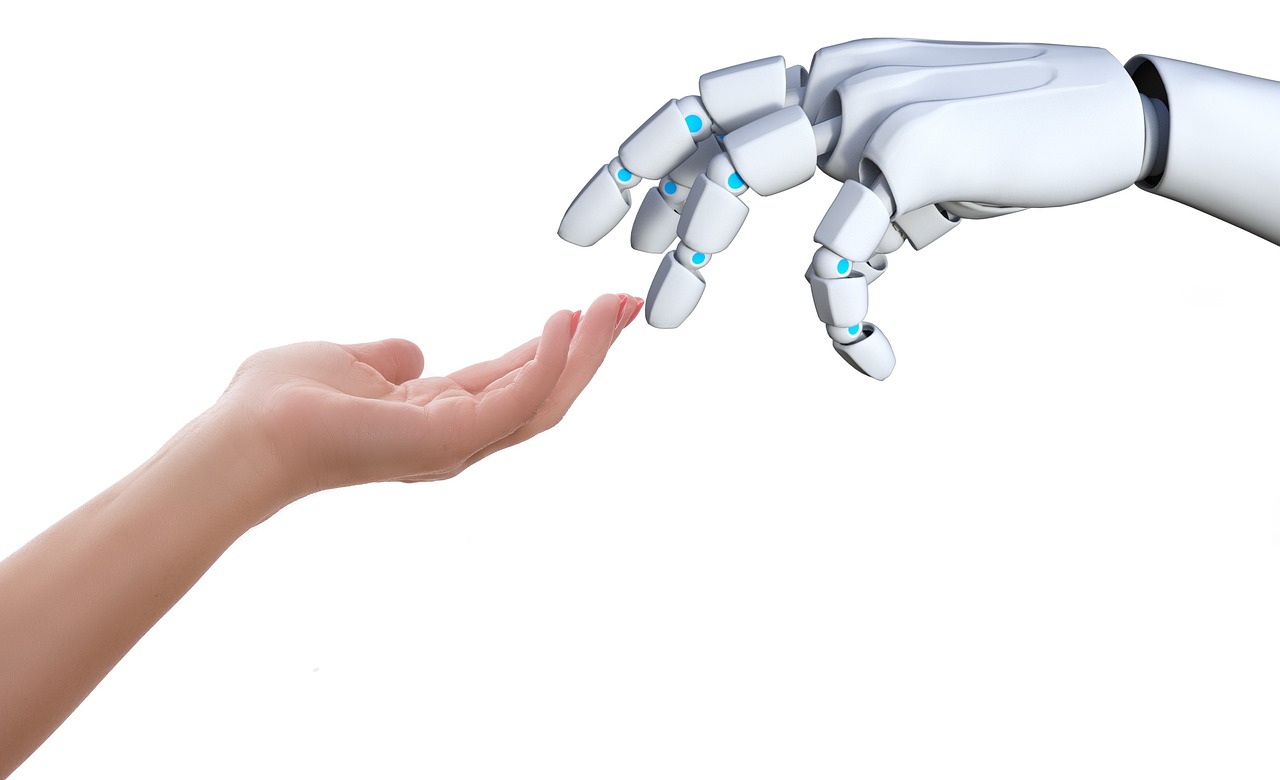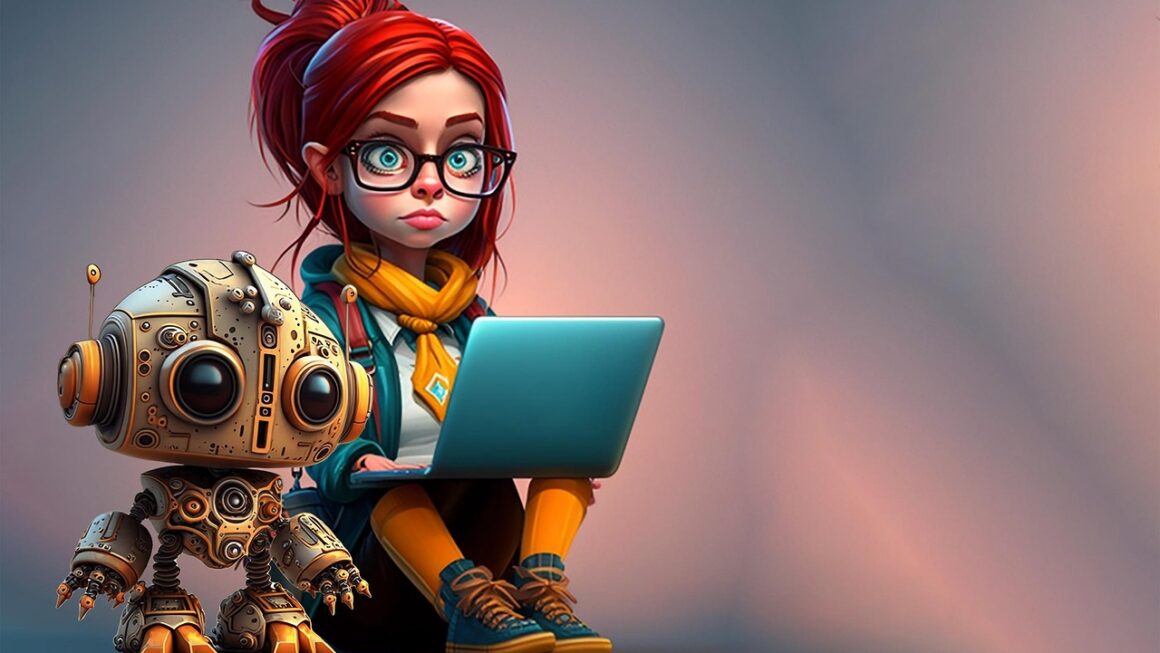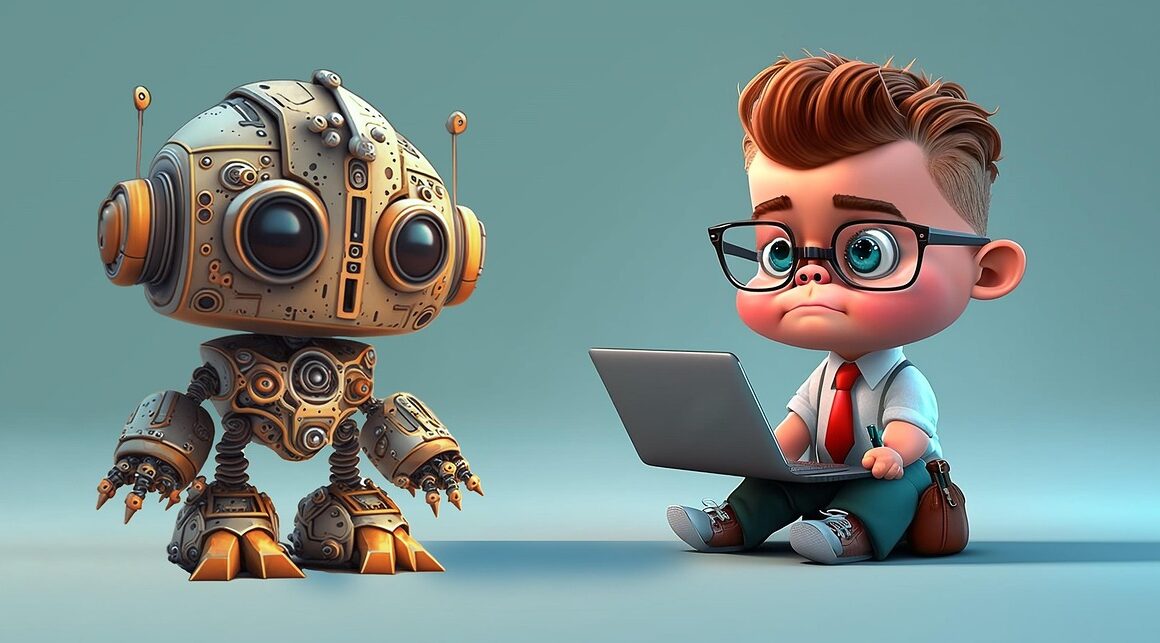The world of digital content is rapidly evolving, and one of the most exciting developments is the rise of AI image generation. Imagine being able to conjure up stunning visuals from simple text prompts – no photography skills, expensive equipment, or stock photo subscriptions needed. This technology is rapidly transforming industries from marketing and design to art and entertainment. This blog post delves into the fascinating world of image generation, exploring its capabilities, applications, and the future it promises.
Understanding AI Image Generation
Image generation, at its core, is the process of creating images from scratch using artificial intelligence. Instead of relying on traditional methods like photography, graphic design, or digital painting, AI algorithms are trained on massive datasets of images and text, enabling them to understand the relationship between concepts and visual representations. This understanding allows them to generate novel images based on user-provided prompts.
How Does it Work?
The most common AI image generation models rely on deep learning techniques, particularly diffusion models and generative adversarial networks (GANs).
- Diffusion Models: These models work by gradually adding noise to an image until it becomes pure noise. Then, the model learns to reverse this process, starting from noise and iteratively refining it into a coherent image that matches the text prompt.
- Generative Adversarial Networks (GANs): GANs consist of two neural networks: a generator and a discriminator. The generator creates images, while the discriminator tries to distinguish between real images and those generated by the generator. This adversarial process pushes the generator to produce increasingly realistic images.
Key Benefits of AI Image Generation
- Cost-Effective: Reduces or eliminates the need for expensive photoshoots, graphic designers, or stock photo licenses.
- Time-Saving: Generates images in seconds or minutes, significantly faster than traditional methods.
- Customization: Creates highly specific and unique images tailored to exact requirements.
- Accessibility: Democratizes image creation, making it accessible to individuals and businesses without specialized skills.
- Scalability: Easily generates large quantities of images to meet varying content demands.
Applications Across Industries
AI image generation is finding its way into a multitude of industries, revolutionizing creative workflows and opening up new possibilities.
Marketing and Advertising
- Creating Visual Content: Generating eye-catching visuals for social media, websites, and advertising campaigns. For example, creating a social media post with a futuristic cityscape or a whimsical product demonstration.
- A/B Testing Variations: Quickly creating variations of ad creatives to test different visuals and messaging.
- Product Visualization: Generating realistic product images for e-commerce websites, even before the product is physically manufactured. Imagine showcasing a new line of furniture in various room settings without building physical sets.
Design and Art
- Concept Art and Prototyping: Rapidly visualizing and iterating on design concepts for video games, movies, and architectural projects. Designers can quickly explore a range of visual styles and refine their ideas.
- Creating Unique Artwork: Generating original pieces of art in various styles, from photorealistic to abstract, opening up new avenues for artistic expression.
- Assisting Designers: Helping designers overcome creative blocks and find inspiration by generating visual ideas based on their prompts.
Education and Research
- Creating Educational Materials: Generating images for textbooks, presentations, and online courses. This is particularly useful for illustrating abstract concepts or historical events.
- Scientific Visualization: Creating visualizations of complex scientific data, such as molecular structures or astronomical phenomena.
- Medical Imaging: Potentially assisting in the creation of synthetic medical images for training AI diagnostic tools.
Choosing the Right Image Generation Tool
Selecting the right AI image generation tool depends on your specific needs and goals. Several platforms are available, each with its own strengths and weaknesses.
Popular Image Generation Platforms
- Midjourney: Known for its artistic and surreal image generation capabilities. Ideal for creating visually stunning artwork and concept art.
- DALL-E 2 (OpenAI): A powerful tool for generating realistic and highly detailed images from text prompts. Excellent for product visualization and marketing materials.
- Stable Diffusion: An open-source model that offers flexibility and customization options. Suitable for users with technical expertise who want to fine-tune the model.
- Adobe Firefly: Integrated directly into Adobe Creative Cloud applications, offering seamless integration with existing design workflows.
Factors to Consider
- Ease of Use: How user-friendly is the platform? Does it require technical expertise or is it intuitive to use?
- Image Quality: What is the quality of the generated images? Do they meet your requirements for detail, realism, and resolution?
- Customization Options: How much control do you have over the image generation process? Can you specify parameters such as style, composition, and subject matter?
- Pricing: What is the pricing model? Is it subscription-based, pay-per-image, or a combination of both?
- Terms of Service: Pay close attention to the terms of service, especially regarding copyright and usage rights of the generated images.
Tips for Writing Effective Prompts
The key to generating high-quality images with AI lies in crafting effective prompts. Clear, specific, and detailed prompts will yield the best results.
Best Practices for Prompt Engineering
- Be Specific: Avoid vague or ambiguous language. Instead of “a dog,” specify “a golden retriever puppy playing in a field of sunflowers.”
- Use Descriptive Language: Include details about the subject, setting, style, and mood you want to convey.
- Specify the Style: Indicate the desired art style, such as “photorealistic,” “impressionist,” “cartoon,” or “digital art.”
- Consider Composition: Describe the desired composition, such as “close-up,” “wide shot,” or “portrait.”
- Experiment with Different Prompts: Don’t be afraid to try different variations of your prompt to see what works best.
Example Prompts
- Good: “A photorealistic image of a cozy living room with a fireplace, a comfortable sofa, and bookshelves filled with books, warm lighting.”
- Better: “A photorealistic image of a cozy living room with a crackling fireplace, a comfortable velvet sofa, and overflowing bookshelves filled with antique books, warm ambient lighting, 8k resolution.”
- Good: “An impressionist painting of a sunset over the ocean, vibrant colors, textured brushstrokes.”
- Better: “An impressionist painting of a vibrant sunset over the ocean, using a palette of fiery oranges, deep purples, and soft pinks, textured brushstrokes, inspired by Claude Monet.”
The Future of Image Generation
AI image generation is rapidly evolving, and its future holds immense potential. As the technology advances, we can expect to see even more sophisticated and realistic image generation capabilities.
Emerging Trends
- Increased Realism: Images will become increasingly indistinguishable from real photographs.
- Enhanced Control: Users will have greater control over the image generation process, with more precise parameters and customization options.
- Integration with Other AI Technologies: Image generation will be integrated with other AI technologies, such as natural language processing and computer vision, to create even more powerful tools.
- Ethical Considerations: As the technology becomes more powerful, ethical considerations such as bias, misinformation, and copyright will become increasingly important.
Potential Impact
AI image generation has the potential to transform numerous industries, from entertainment and education to healthcare and manufacturing. It could lead to:
- New Forms of Art and Entertainment: Creating interactive and personalized experiences.
- More Accessible Education: Providing visual aids and learning materials for students of all backgrounds.
- Accelerated Scientific Discovery: Visualizing complex data and simulations.
Conclusion
AI image generation is a groundbreaking technology that is reshaping the way we create and consume visual content. Its ability to generate stunning visuals from simple text prompts is democratizing image creation and opening up new possibilities across industries. By understanding the technology, choosing the right tools, and mastering the art of prompt engineering, you can harness the power of AI image generation to unlock your creative potential and transform your visual storytelling. As the technology continues to evolve, it will undoubtedly play an even more significant role in shaping the future of digital content.




